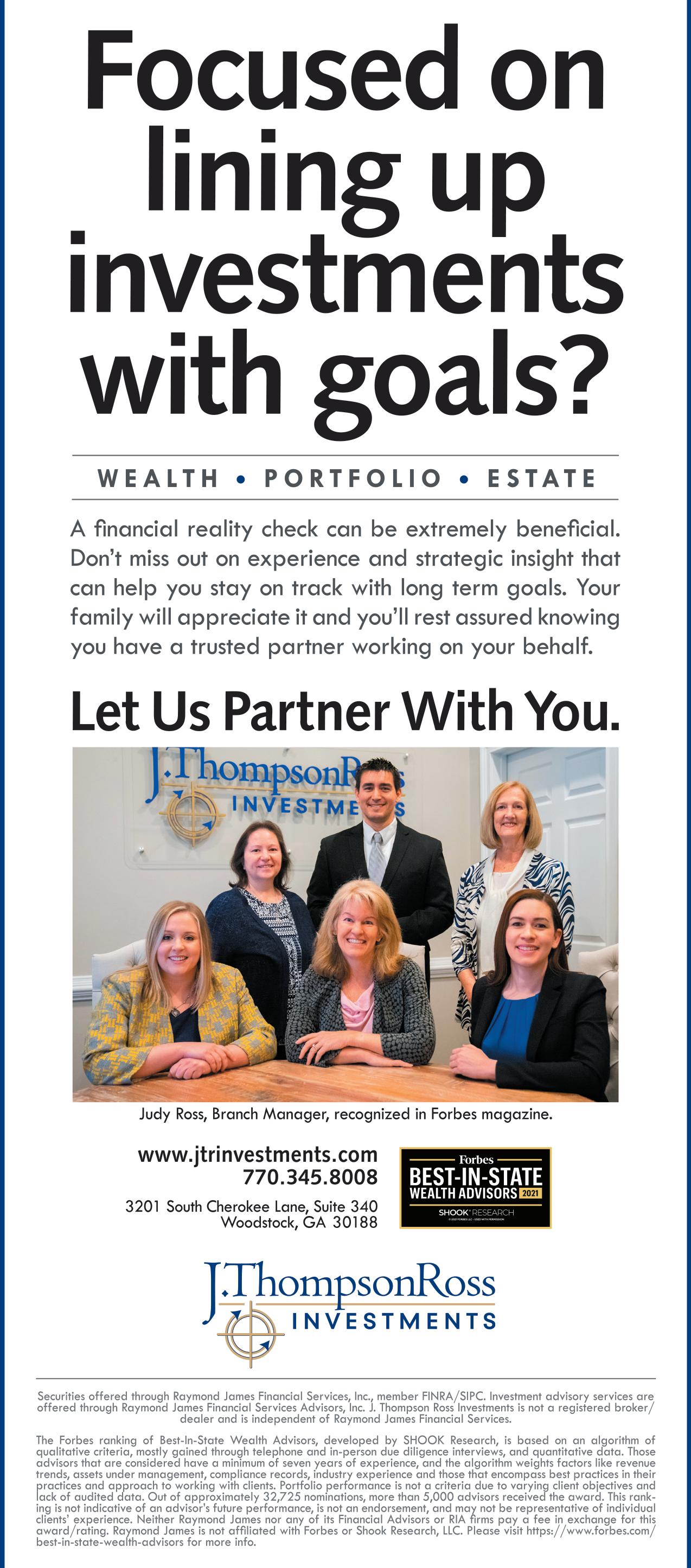
2 minute read
J. Thompson Ross
Rising Inflation: Where Will It Go from Here?
In March 2021, the Consumer Price Index for All Urban Consumers (CPI-U) rose 0.6%, the largest one-month increase since August 2012. Over the previous 12 months, the increase was the highest year-over-year inflation rate since August 2018. The annual increase in CPI-U—often called headline inflation—was partly because the index dropped at the start of the global pandemic (March 2020). As a result, the current 12-month comparison is at an unusual low. This “base effect” will continue to skew annual data through June 2. Economists expect inflation numbers to rise for some time, but do they represent a temporary anomaly or the beginning of a more worrisome inflationary trend? Measuring Prices
CPI-U measures the price of a fixed market basket of goods and services, but it does not reflect changes in consumer behavior. However, extreme increases in specific categories can influence the price. For example, nearly half of the March increase was due to gasoline prices, which rose 9.1% during the month. The Federal Reserve prefers a different inflation measure called the Personal Consumption Expenditures (PCE) Price Index, which adjusts for changes in consumer behavior. The Fed looks at core PCE, which rose 0.4% in March and 1.8% for the previous 12 months, lower than the Fed’s target for healthy economic growth. A Hot Economy
There are inflationary pressures on the U.S. economy. Consumer demand is likely to rise quickly, fueled by stimulus payments and healthy savings accounts built by those who worked through the pandemic with little opportunity to spend. Businesses that shut down or cut back when the economy was closed may not meet demand. In addition, supply-chain disruptions and higher costs for raw materials, transportation, and labor have led some businesses to raise prices. According to the April Wall Street Journal Economic Forecasting Survey, the gross domestic product (GDP) is expected to increase at an annualized rate of 6.4% for the year—an annual growth rate that would be the highest since 1984. The expectation is to anticipate a hot economy through the end of 2021, followed by growth in 2022 before slowing down in 2023. Three Scenarios
Will the economy get too hot to handle? There are three different views on the potential long-term effects. The first perspective held by many economic policymakers is that the impact will be short-lived with little or no long-term consequences. The second view believes that inflation may last longer, with potentially wider consequences, but that any effects will be temporary and reversible. The third perspective is that inflation could become a more extended problem that may be difficult to control. The last two scenarios project that the base effects will develop through “demand-pull” inflation, where demand exceeds supply and pushes prices upward. Maintaining Perspective
You can expect higher prices for some items as the economy reopens. Gasoline, jet fuel, and other petroleum prices are rising. Airline ticket prices are increasing, used cars and trucks are more expensive than before, but clothing is still cheaper. It may be helpful to remember that “headline inflation” does not always represent the larger economy. With interest rates near zero, the Federal Reserve has plenty of room to make any necessary adjustments to monetary policy.
Projections are based on current conditions, are subject to change, and may not come to pass. Prepared by Broadridge Investor Communication Solutions, Inc. Copyright 2021









